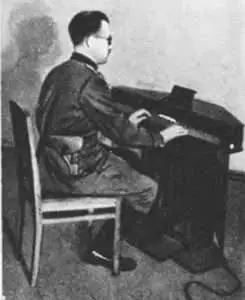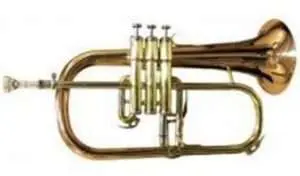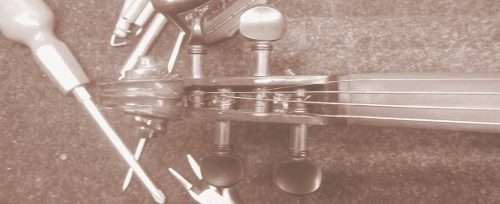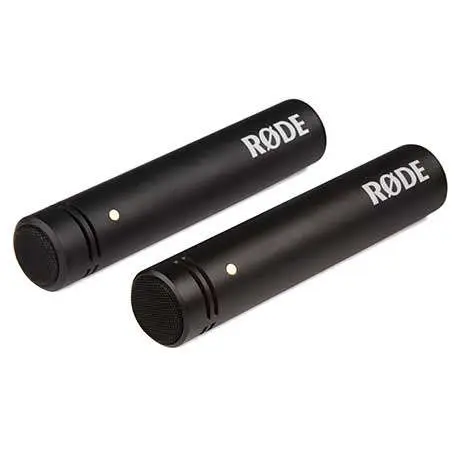
How to choose mics for recording drums?
See Acoustic drums in the Muzyczny.pl store See Electronic drums in the Muzyczny.pl store
Recording drums is a very complex topic. Certainly, the best producers have secret recording techniques in their arsenal that they will not reveal to anyone. Even if you are not a sound engineer, but you, for example, intend to go to the studio soon, it is worth having a basic knowledge of recording methods.
I will try to describe in a few sentences what microphones to use for this purpose. However, it should be remembered that in order for our recording to sound satisfactory, we need to take care of several different aspects.
First of all, we must have a properly adapted room, a good-class instrument, as well as equipment in the form of microphones and a mixer / interface. Also, don’t forget about good mic cables.
Let’s assume that our drum kit consists of standard elements, such as: kick drum, snare drum, toms, hi-hat and two cymbals.
Overheady
Depending on how many microphones we have, we should start with condenser microphones, placed just above the cymbals of our drums. We call them overheads in parlance. Examples of models are: Sennheiser E 914, Rode NT5 or Beyerdynamic MCE 530. The choice is really huge and depends mainly on the size of our portfolio.
There should be at least two microphones – this is the most common configuration necessary to obtain a stereo panorama. If we have more microphones, we can additionally set them, for example, for a ride or splash.

Track
However, if we want to have more control over the sound of the recorded drums, it will be necessary to add two more microphones. The first one is to amplify the foot, and we will use a dynamic microphone for this purpose. The most popular microphones used for this purpose include Shure Beta 52A, Audix D6 or Sennheiser E 901. Their frequency response is usually limited to a certain frequency, so they will not additionally collect other elements of the set, eg cymbals. The microphone can be placed both in front of the control panel and inside it. It is also worth checking the setting on the other side, near the place where the hammer hits the membrane.
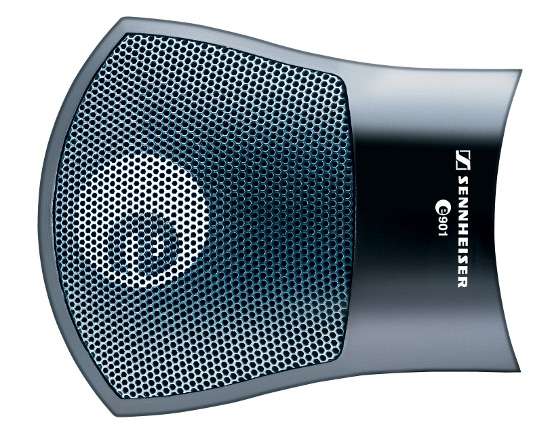
advertising
Another element is the snare drum. It is a very important element of the set, so we should choose an appropriately sounding microphone and setting with special care. We also use a dynamic microphone to record it. A common practice is to add a second microphone to the bottom of the snare drum to record the springs. We can also encounter a situation where the snare drum is recorded with two different microphones at once. This gives you more flexibility later in the mix of our tracks. The choice in this topic is really huge. Models that are peculiar classics in this field include: Shure SM57 or Sennheiser MD421.

Hi-six
For hi-hat recording, we should use a condenser microphone, because due to its design, it is best to record the delicate high-frequency sounds that come out of it. Of course, this is not necessarily the case. You can also experiment with a dynamic microphone such as the Shure SM57. Place the microphone at a short distance from the hi-hat, pointing it in the right direction, depending on the directional characteristics of the microphone.
Toms and a cauldron
Let us now turn to the topic of the volumes and the cauldron. Most often we use dynamic microphones to mic them. As in the case of the snare drum, the Shure SM57, Sennheiser MD 421 or Sennheiser E-604 models perform well here. As you can guess, this is not a rule, and the sound engineers also use capacitors for this purpose, placed just above the tom-tomes. In some situations, overhead microphones will suffice to capture the toms properly.
Summation
We can take the above advice as a starting point, although all experiments are indicated here and can often bring surprising results. Recording instruments is a process that requires creativity and the right amount of knowledge.
It does not matter if you are a beginner sound engineer or a drummer who is just going to the studio – better knowledge of the equipment and greater awareness of recording processes will always prove useful.



